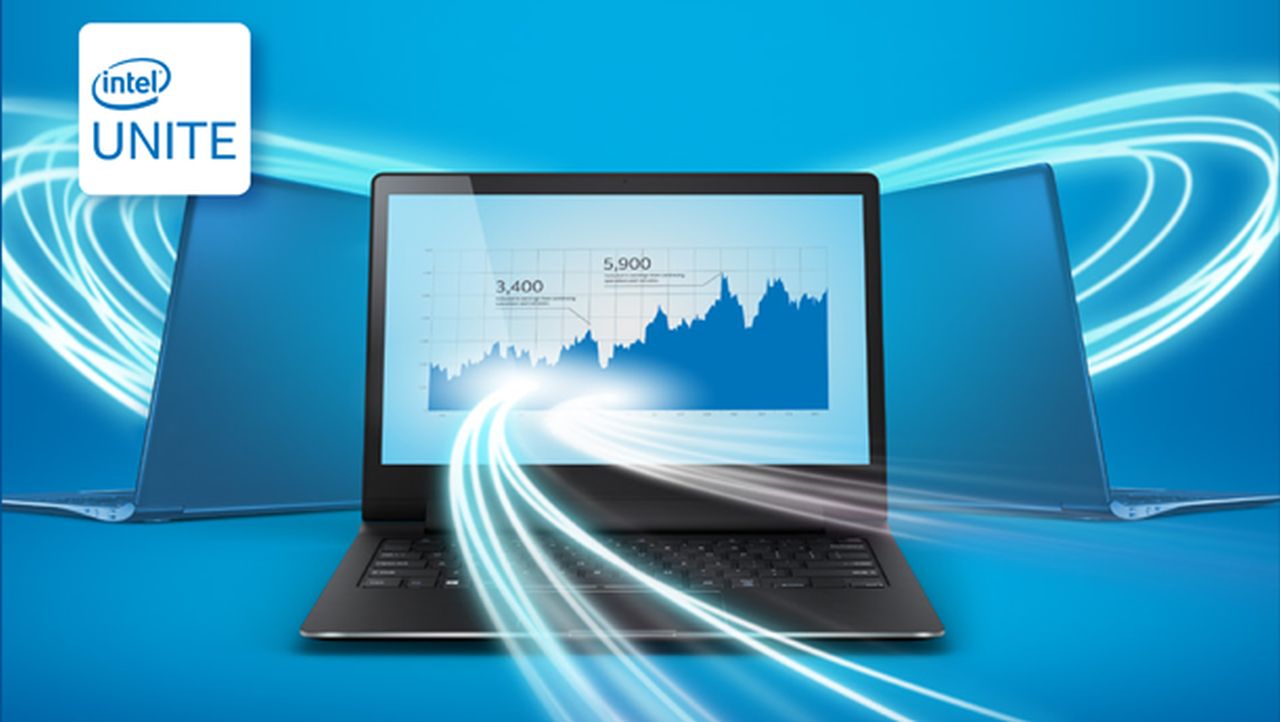Intel aims to reinvent the conference room with Unite… again
NUC, NUC'ing in the meeting.

Intel demoed Unite, its new collaboration solution, earlier today at an event in Central London. Unite was officially introduced globally at Computex in Taiwan early last month in partnership with HP.
At its core is a mini desktop running a 4th or 5th generation Intel Core vPro processor, Windows 7/8.1 or Windows 10 and Intel's Unite Software.
In its simplest form, it is a video-conferencing platform that allows other OIC-compatible solutions (Open Interconnect Consortium) like Cisco Telepresence, Lighting Control and Panacast Control to plug in seamlessly.
Chad Constant from Intel underlined how nearly two thirds of corporations have been undergoing a workplace transformation effort that includes killing the cubicle and making conference rooms smarter.
Intel, he says, want to have more compute in the conference room as the prerequisite to enabling more things in the future. The company is not bent on making money from the software for now, focusing instead of building margin on the hardware.
A catalyst for business change
Constant sees a high potential for accessories for Intel and its partners and the momentum, if sustained, could see the ecosystem grow into something of a de facto semi-open standard for smart offices, a clear threat to established players.
Currently five manufacturers (Lenovo, Asus, Dell, Fujitsu and HP) have confirmed that they will be releasing Unite systems with more OEMs coming later.
Sign up to the TechRadar Pro newsletter to get all the top news, opinion, features and guidance your business needs to succeed!
VARs (Value Added Resellers) are also expected to sell Intel's own NUC Unite solution, something that will not go well with its partners.
Constant acknowledged that the current version of Unite, which requires a powerful vPro Broadwell or Haswell CPU, has its shortcomings.
For example, the video frame rate is fairly low (we noticed significant lag during the sessions), there's no audio support for the time being and Mac compatibility is patchy at best. The current client application will target enterprise for now with SMBs being added to the mix later this year.
But there's more to come according to Constant. Future models – Intel has committed to a three-year roadmap and is working on improving the quality of the videos using existing/fixed processing resources. As for video in full HD at 60Hz? Constant was adamant that it would happen very soon.

Désiré has been musing and writing about technology during a career spanning four decades. He dabbled in website builders and web hosting when DHTML and frames were in vogue and started narrating about the impact of technology on society just before the start of the Y2K hysteria at the turn of the last millennium.